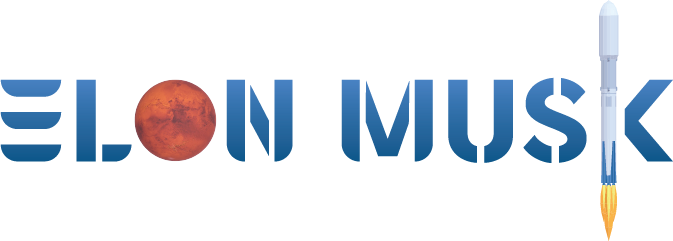
Starlink is Now the SpaceX Cash Machine
- by NextBigFuture
- Aug 09, 2025
- 0 Comments
- 0 Likes Flag 0 Of 5

Brian Wang
Aviation Week Joe Anselmo (Aviation Week’s editorial director), Garrett Reim (lead reporter), Irene Klotz (senior space editor), and Matthew Fulco (business editor) explores SpaceX’s Starlink broadband service as a juggernaut that has disrupted the space industry and geopolitics. Starlink has deployed over 9,000 satellites, serves 6 million users in 140 countries. It generates $15.5 billion in projected 2025 revenue, dwarfing NASA’s $1.1 billion in SpaceX contracts.
Musk’s vision emphasized scale, with an initial $10-15 billion investment and 12-15 years timeline, achieved faster than expected.
Starlink including direct to cellphone services (voice, internet and text) could see $40-100 billion in revenue in 2026 and $100-200 billion in 2027.
How SpaceX Did It? Falcon 9’s partial reusability drastically lowered launch costs, enabling frequent deployments.
SpaceX treated satellites like automobiles or consumer electronics, prioritizing high-volume production over perfection. Making satellites, rocket engines and rockets at one hundred times the volume gave massive economies of scale.
Electronically steered antennas dropped from hundreds of thousands of dollars to $349, produced at over 1 million per year in Texas, making access affordable. This makes the user terminals super affordable.
China wants to make mega-constellations like Qianfan (15,000 satellites) and G60 Starlink (12,000). However China still has no reusable rockets and these efforts will need many billions in funding. It is estimated $7 billion is needed for Qianfan. Huawei’s global 5G infrastructure could aid expansion.
1. Satellite Manufacturing Cost Reductions
SpaceX revolutionized satellite production by adopting consumer electronics/automotive assembly lines, contrasting traditional aerospace’s low-volume, high-reliability focus. This enabled:Economies of Scale and Batch-Testing.
Producing in large lots (e.g., thousands annually) allows statistical quality checks instead of individual testing, cutting per-unit costs by enabling rapid iterations and tolerating ~20-30% failure rates in early batches (deemed acceptable for LEO redundancy).
Initial V1 satellites (2019): ~$500,000-$1 million each (estimated); reduced to ~$250,000 for V2 Minis via simplified designs and in-house components (lasers, reaction wheels, buses).
Over 9,000 launched (7,000+ operational), with production at ~2,000/year—exceeding all pre-2019 global satellites.
Falcon 9 deploys 29 V2 Minis/launch (each launch adds 2.7 Tbps) but Starship could launch 100-400 version 3 per launch (each launch will add 60 Tbps, 20x more).
Traditional GEO satellites cost $100-500 million each with 15-year lifespans. Starlink’s 5-year LEO birds are disposable, reducing qualification costs by 50-80%. In-house vertical integration avoided insanely expensive off-the-shelf parts, saving 30-50% on all components.
2. User Terminal (Antenna) Cost Reductions
A bottleneck for LEO constellations, as antennas must track fast-moving satellites. SpaceX’s flat-panel phased arrays were mass-produced like PCs or flat panel TVs.
Production Scale: 700,000 sq ft facility in Bastrop, Texas, outputs over 5 million/year (potentially world’s largest PCB plant, rivaling Asia).
Specific Figures:
Please first to comment
Related Post
Stay Connected
Tweets by elonmuskTo get the latest tweets please make sure you are logged in on X on this browser.
Sponsored
Popular Post
Sam Altman's OpenAI Takes On Elon Musk's Grok in AI Chess Tournament Final - Who Won?
28 ViewsAug 09 ,2025






 Energy
Energy

















